Donna Hallas, PhD, PPCNP-BC, CPNP, PMHS, FAANP, FAAN
Articles by Donna Hallas, PhD, PPCNP-BC, CPNP, PMHS, FAANP, FAAN
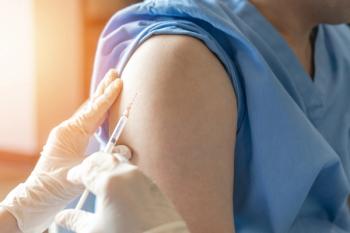
This commentary describes the story of Kimberly Coffey and the role pediatric/adolescent practitioners play in the prevention of invasive meningococcal meningitis by discussing with parents, adolescents, and young adults the value of accepting the meningitis B vaccine (MenB).
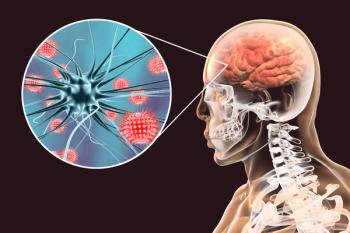
Assessing your knowledge of and performance on preventable diseases.

What questions should PNPs consider related to women’s health?

Establish new practice goals, timelines for evaluating the progress on meeting the goals, and use continuous quality improvement measures to meet the established goals.

Donna Hallas, CPNP, FAAN, FAANP, PMHS, PPCNP-BC, PhD, discusses the top news from the October issue of Contemporary Pediatrics®.

Throughout human history, technology has shaped every aspect of how we live and has allowed us to live longer, healthier lives. Read how technological advances in pediatrics are transitioning the specialty into a new normal.

With many adolescents on the way to school, it's important to ensure your practice is taking the opportunity to talk with them and give them the tools they need be successful.

The annual back-to-school physical examination offers an opportunity to ensure that children haven't missed important learning goals, particularly due to the pandemic.

It is important for pediatric and family nurse practitioners caring for patients with dermatological conditions to be comfortable talking about the conditions with children, adolescents, and their parents.

What infections besides COVID-19 should be on pediatric health care providers’ radar?

It may not be included in the differential diagnosis and can seem like it's cyclic vomiting syndrome, but a cannabinoid hyperemesis syndrome diagnosis can be found through diligent history and compassionate care.

As we begin to navigate our way through year 3 of the COVID-19 pandemic, it's time to question whether mental and behavioral concerns have been ignored.

Gun violence is an issue with many causes and will require solutions that address mental health and poverty.

It may have been months since you've seen some patients as a result of COVID-19. Reaching out to patients and their families can be important to determining if there are red flags.

The November issue covered a variety of topics on vaccination, which can help clinicians have candid conversations with colleagues, patients, and families.
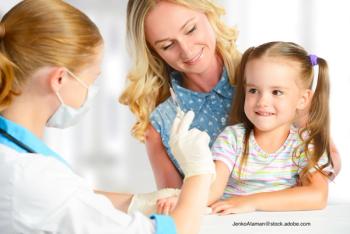
Not every vaccine is required, some are just strongly recommended. Here's what to know about 5 recommended vaccines.

Between the subtle differences between viral and bacterial pneumonia and the demands or beliefs of certain parents can make an accurate diagnosis of community-acquired pneumonia (CAP) more difficult.
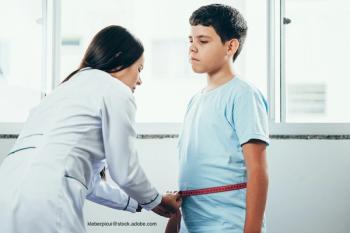
School nurses and nurse practitioners play an important role in assessing the child’s health status related to obesity, potential for co-morbidities, and implementing appropriate management strategies.

Children are returning to school, amidst a pandemic that is surging and even more dangerous for the pediatric population. How can pediatric nurse practitioners keep children safe?

Adolescence is often a time when a teenager swings between maturity and childish behavior. This already fraught period has been exacerbated by the effects of the pandemic as well.

Addressing the need to be proactive in promoting safety during the summer months.

As the COVID-19 vaccine expands to include more of the pediatric population and restrictions continue to loosen, what's going to happen now?

Knowing the symptoms of athlete triad symptoms can aid with diagnosis before the effects become irreversible.

Analysis of COVID-19 clinical trials: A guide to reducing vaccine hesitancy
ByRegena Spratling, PhD, RN, APRN, CPNP, FAANP,Donna Hallas, PhD, PPCNP-BC, CPNP, PMHS, FAANP, FAAN Tackling vaccine hesitancy for the coronavirus disease 2019 (COVID-19) is going to be an important component of achieving the herd immunity needed to end the pandemic.

Over the past 9 years, a number of states have legalized the recreational use of marijuana in adults aged 21 years and older. Although teenagers aren't legally allowed to consume the substance, the legalization for adults can make it more available to teenagers and young adults. This article covers the latest evidence and offers recommendations for talking to teenagers.

As the world has changed because of coronavirus disease 2019, the digital world has kept pace with ever-changing best practices and guideline updates.
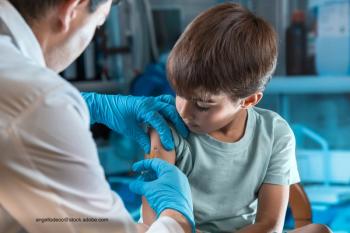
As the 2020-2021 influenza season loomed, many in health care worried that the seasonal disease would add to the extraordinary burden of coronavirus disease 2019 and create a perfect storm. Have various prevention strategies helped prevent this potential issue?

With the good news of the 2 successful vaccines and a much greater understanding of COVID-19, it is time to consider what lies ahead for 2021.

Let’s continue to be vigilant in our practices to prevent medical errors, thus attaining what we all strive for: helping our pediatric/adolescent patients return to their normal thriving state of health and well-being.

Encourage parents to model healthful eating behaviors and positive relationships with good eating habits.






























